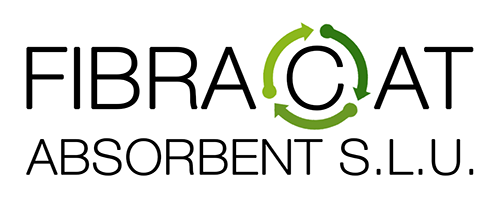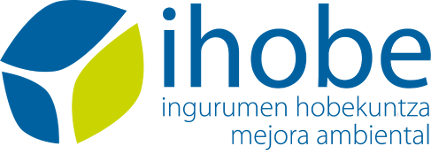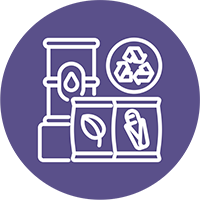FIBRACAT
RECOVERY OF SLUDGE FROM THE PAPER INDUSTRY AS ABSORBENT MATERIAL
More than 50% of the almost two hundred thousand tonnes of pulp and paper sludge generated in the Basque Country each year is still destined for landfill. Most of the Basque paper mills are located within 50-75 km of Araia, headquarters of FIBRACAT, the leading manufacturer of ecological absorbents.
For industrial applications, the absorbent materials sectors value parameters such as granulometry, ease of collection, slip resistance and end of life, while odour, colour and binding characteristics are also valued in pet markets. Mineral absorbents (sepiolite, attapulgite, silica gel) and vegetable absorbents (sawdust, paper) are normally used. Today’s market for pet bedding amounts to more than €9 million and €500 million in Spain and Europe, respectively.
FIBRACAT has led this project, in which companies from the paper sector, such as IBERPAPEL, MUNKSJÖ and PAPRESA, have collaborated.

DRIVING FACTOR


 OBJECTIVES
OBJECTIVES
- Demonstrate the technical and economic feasibility of using sludge from the pulp and paper industry as an innovative high-end absorbent material for domestic and industrial use (oil spills, hydrocarbons), as a recycled alternative to the mineral materials traditionally used, such as sepiolite
- Improve the existing high performance of 300% liquid retention, increase odour retention and have new colours, to enter the industrial market and market a high-end range of absorbents with an additional added value of 25-50% compared to the first products that have been developed to date.
- Assess the suitability of sludge from nine Basque paper mills, which would be a potential solution for de-inking sludge and sludge with vegetable fibre.
 RESULTS
RESULTS
- Development of 3 products focused on the 2 main markets identified: the domestic cat and small rodent market and the industrial absorbent market.
- Identification of the main properties and characteristics that these products should have, such as their density, absorption capacity, colour, etc.
- Development of 2 product ranges (FibraCat Absorbent) for the domestic market: basic range, with good absorption and odour control, and high-end range, which also incorporates specifications, such as colour and agglomeration capacity. Both use less material to absorb the same amount of urine compared to mineral absorbents, reaching up to 25% less material in the high-end product.
- Development of a hydrophobic product for the industrial absorbent market (FibraCat Industrial) that reduces the amount of absorbent material to be used by using only the same amount of industrial absorbent as the polluting liquid, leaving the water completely clean.
 CONCLUSIONS
CONCLUSIONS
- The absorption capacity of FibraCat Absorbent products for the domestic market is higher than traditional absorbents, which leads to significant financial savings for the end user and a less waste generation.
- The formulation of the FibraCat Industrial product for the industrial market also represents significant savings compared to traditional sepiolite absorbents, which absorb liquids indiscriminately, thus requiring the same amount of absorbent material as total spillage, even though a large part of the spillage is non-toxic water that would not need to be absorbed.
-
FibraCat Industrial reduces the volume of hazardous waste to be treated by the authorised waste management company and replaces mineral materials from mineral deposits with recycled materials from waste in the paper industry.
ENVIRONMENTAL
TECHNICAL
ECONOMIC
COMMERCIAL
ON THE MARKET



